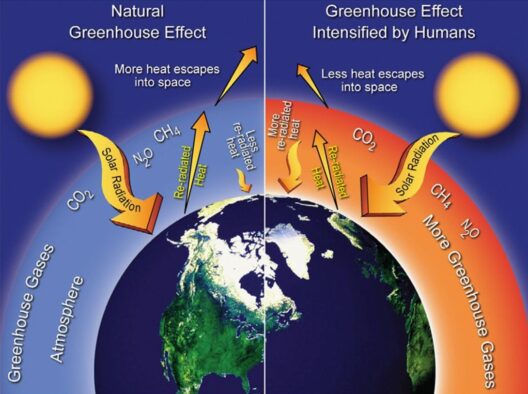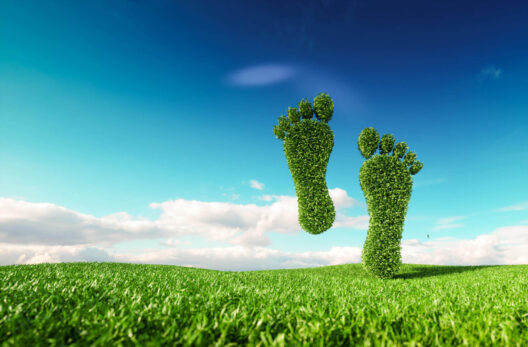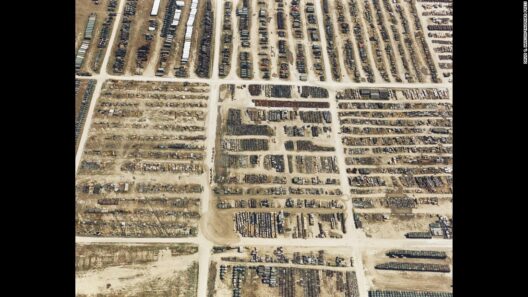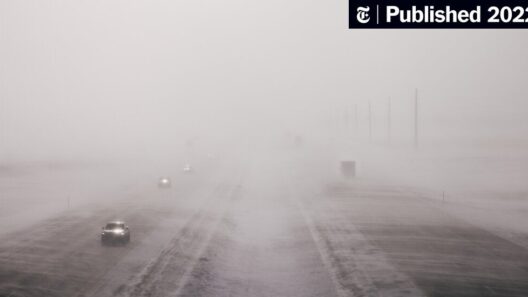Global warming, an escalating phenomenon, has far-reaching implications for Earth’s biodiversity. As temperatures rise and weather patterns become increasingly erratic, the wildlife that inhabits our planet is facing unprecedented challenges. But how exactly does global warming affect animals worldwide? From the icy realms of Antarctica, where penguins waddle along melting ice, to the lush forests inhabited by pandas, creatures across the globe are experiencing the ramifications of climate change. What if we could examine the plight of these animals through a playful lens? Would you prefer to walk in the shoes of a penguin navigating dwindling ice floes or a panda searching for bamboo in a shifting landscape?
The gradual increase in the Earth’s average surface temperature is primarily driven by greenhouse gas emissions. These emissions, stemming from human activities such as burning fossil fuels, deforestation, and industrial processes, trap heat in the atmosphere. The consequences of this growing thermal blanket are profound and multifaceted, affecting ecosystems and species in ways we are just beginning to comprehend.
To illustrate the global impact of these temperature rises, let’s travel south to the frigid Antarctic Peninsula. Here, emperor penguins, the largest of their species, depend on the sea ice for breeding and feeding. As temperatures rise, this essential habitat diminishes, leading to decreased populations and increased competition for dwindling resources. If the ice continues to vanish, what will become of these resilient but vulnerable birds? It poses a daunting challenge: can they adapt swiftly enough to survive in the face of relentless environmental change?
Moving north to the Arctic, we find polar bears, another iconic species facing a similar existential crisis. These apex predators rely on sea ice as a platform for hunting seals, their primary food source. Global warming causes the ice to melt earlier in the spring and freeze later in the autumn, disrupting the bears’ hunting patterns and diminishing their nutritional intake. As a result, bear populations face a precarious future. The question remains: how can we advocate for policies that address their plight while fostering awareness of the interconnectedness of all species in these vulnerable ecosystems?
The effects of climate change are not confined to polar regions. Let’s transition to the dense forests of China, home to the beloved giant panda. These creatures rely heavily on bamboo, which constitutes 99% of their diet. Bamboo is notoriously sensitive to climatic shifts, and as temperatures increase, the viability of many bamboo species declines. Now, imagine pandas grappling with the dual threat of bamboo scarcity and habitat loss due to human encroachment. As their environment becomes increasingly fragmented, what conservation strategies can be implemented to ensure their survival?
As we traverse the globe, it is crucial to acknowledge that not all species are impacted equally. Some, like certain rodents and insects, may thrive in warmer conditions, while others find themselves on a fast track to extinction. Coral reefs, for instance, are highly sensitive to temperature increases and ocean acidification. The phenomenon of coral bleaching, where corals expel the algae that provide them with color and nutrients, has devastating consequences for the myriad marine species that rely on these vibrant ecosystems. As we navigate the balance of life beneath the waves, how might we bolster our efforts to protect these fragile environments from the perils of overfishing and pollution, alongside climate change?
The interconnectedness of ecosystems is a critical component in understanding the ramifications of global warming. A decline in any one species can ripple through food webs, affecting predators, prey, and even plant life. Consider, for example, the plight of the honeybee—a species instrumental in pollinating a significant percentage of the world’s crops. As climate change affects agricultural practices and habitats, these industrious insects are pushed closer to the brink. Bees are vital not only for food production but also for the health of wild ecosystems. What measures can be taken to safeguard their populations from decline, ensuring that agriculture and biodiversity flourish in tandem?
As we confront these profound challenges, it’s essential to recognize the role of individual and collective action in combating climate change. Advocacy for sustainable practices, supporting renewable energy initiatives, and participating in local conservation efforts can create a powerful shift in the tide. By forging connections with our communities and educating others about the urgent need for environmental stewardship, we can harness our collective influence to effect tangible change.
Moreover, the experience of animals like penguins, polar bears, and pandas serves as both a sobering reminder and a rallying call. Their struggles epitomize the broader narrative of life on Earth. As stewards of the planet, it is our responsibility to ensure that future generations inherit a world where these majestic creatures can thrive.
In conclusion, the implications of global warming extend beyond mere temperature increases; they are intricately woven into the fabric of biodiversity and the health of ecosystems worldwide. Through understanding how species adapt—or fail to adapt—to these changes, we begin to glimpse the breadth of the challenge we face. As advocates for our planet, let us remain vigilant, inspired, and committed to reversing the detrimental trends of climate change. The fate of our fellow inhabitants hangs in the balance, and together, we possess the power to shift this narrative toward a brighter, more sustainable future for all.








